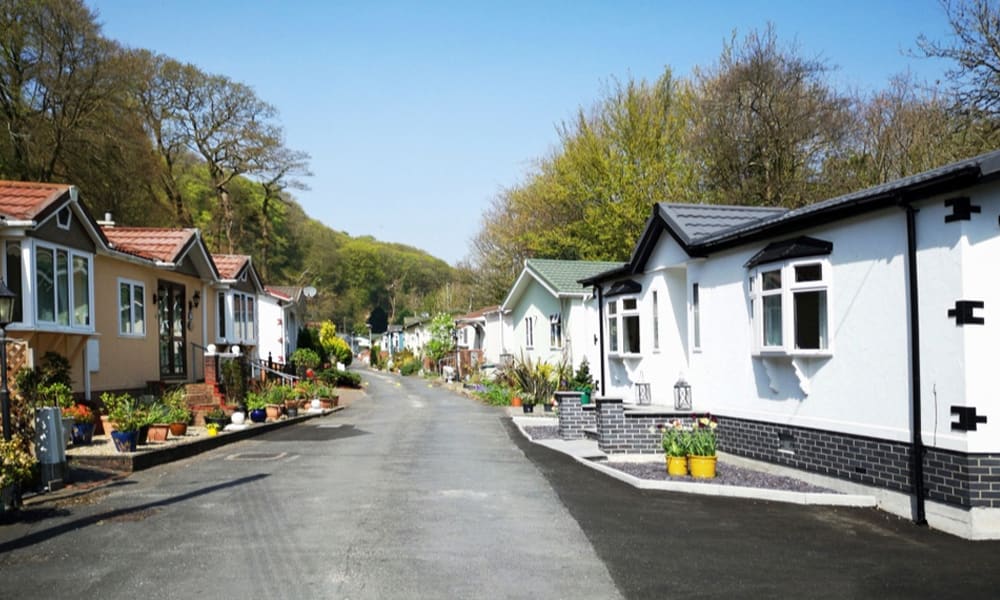Double Wide vs Single Wide: Key Differences in Manufactured Home Options
When exploring manufactured home options, one of the first decisions buyers face is choosing between a single wide and a double wide layout. This article explains how these two home types differ in space, structure, cost considerations, and setup requirements to help you make an informed decision.

Differences in Floor Plan and Living Space
Single wide manufactured homes typically range from 600 to 1,200 square feet with a width of 14 to 18 feet and lengths up to 80 feet. Their narrow, rectangular design creates a straight-line floor plan where rooms connect in sequence. Most single wides feature 1-2 bedrooms, a single bathroom, a kitchen, and a living area, making them ideal for individuals, couples, or small families seeking efficient living spaces.
Double wide manufactured homes essentially combine two single wide units side-by-side, resulting in homes between 1,000 and 2,500 square feet. With widths of 20 to 36 feet, double wides offer more spacious interiors that closely resemble traditional site-built homes. Their floor plans typically include 2-4 bedrooms, multiple bathrooms, larger kitchens with dining areas, and separate living spaces. The increased square footage allows for features uncommon in single wides, such as walk-in closets, utility rooms, and sometimes even fireplaces or island kitchens.
Setup and Installation Requirements for Each Home Type
Single wide manufactured homes offer simpler and less expensive installation processes. Delivered as one complete unit on a single trailer, they require minimal on-site assembly. This streamlined approach typically requires just a few days for delivery and setup once the foundation is prepared. The transportation process is also less complex, as single wides can navigate narrower roads and tighter turns, making them accessible to more remote locations where road access might be limited.
Double wide homes involve more complex installation procedures due to their two-section design. These homes arrive on separate trailers and must be joined at the installation site, requiring precise alignment and connection. The setup includes joining the electrical systems, plumbing, HVAC components, and securing the roof and exterior connections. This process typically requires specialized equipment and more experienced installers, extending the setup timeline to one or two weeks rather than just a few days. Additionally, wide-load transportation permits and potentially escort vehicles are often needed to transport the sections to the home site.
How Pricing and Maintenance Compare Between Single and Double Wide Homes
The cost differential between these manufactured home types is substantial. Single wide homes generally range from $40,000 to $80,000 without land, making them the more budget-friendly option. Double wide homes typically cost between $75,000 and $150,000 before land acquisition. These price ranges reflect base models and can increase significantly with customizations, upgraded materials, and premium features.
Maintenance costs also differ between these home types. Single wides usually have lower utility bills due to their smaller size and fewer mechanical systems. However, their compact nature means repairs can sometimes be more challenging in tight spaces. Double wides incur higher heating and cooling expenses due to their larger square footage, but their more standard dimensions often make repairs and renovations more straightforward and similar to traditional homes.
| Home Type | Average Base Price | Typical Size | Annual Utility Cost Estimate | Typical Lifespan |
|---|---|---|---|---|
| Single Wide | $40,000-$80,000 | 600-1,200 sq ft | $1,500-$2,500 | 30-55 years |
| Double Wide | $75,000-$150,000 | 1,000-2,500 sq ft | $2,000-$4,000 | 30-55 years |
Prices, rates, or cost estimates mentioned in this article are based on the latest available information but may change over time. Independent research is advised before making financial decisions.
Long-term Value and Resale Considerations
When considering long-term investment potential, double wide homes typically offer better resale value and appreciation compared to single wides. Their larger size, more conventional appearance, and greater similarity to traditional site-built homes make them more attractive to subsequent buyers. Double wides installed on permanent foundations with quality finishes and proper maintenance can hold their value relatively well over time.
Single wide homes, while more affordable initially, generally experience faster depreciation. Their narrower design and smaller footprint create a more distinct “mobile home” appearance that some buyers find less appealing. However, well-maintained single wides in desirable locations with permanent foundations can still provide reasonable returns and serve as stepping stones for first-time homebuyers or those seeking affordable housing solutions.
Customization Options and Adaptability
Single wide manufactured homes offer limited customization due to their space constraints and structural requirements. Standard floor plans typically prioritize efficiency over flexibility, with fewer options for significant layout modifications. Despite these limitations, modern single wides offer numerous interior finish options, including flooring, cabinetry, appliances, and fixtures that allow for personalization.
Double wide homes provide substantially more customization possibilities, both during initial manufacturing and for future modifications. Their wider design enables more varied floor plans, including open concept living spaces, dedicated dining rooms, and specialized areas like home offices or entertainment rooms. The larger structural footprint also allows for easier future modifications such as room additions or conversions. Many manufacturers offer extensive customization packages for double wides, allowing buyers to create semi-custom homes that reflect their specific needs and preferences.
Conclusion
Choosing between single and double wide manufactured homes involves balancing immediate budget constraints against long-term space needs, lifestyle preferences, and investment considerations. Single wides provide affordable, efficient living spaces with simpler setup requirements, while double wides offer more spacious interiors, conventional layouts, and better long-term value retention. Both options provide quality, factory-built housing solutions with their own distinct advantages depending on the homeowner’s priorities, family size, and financial situation.




